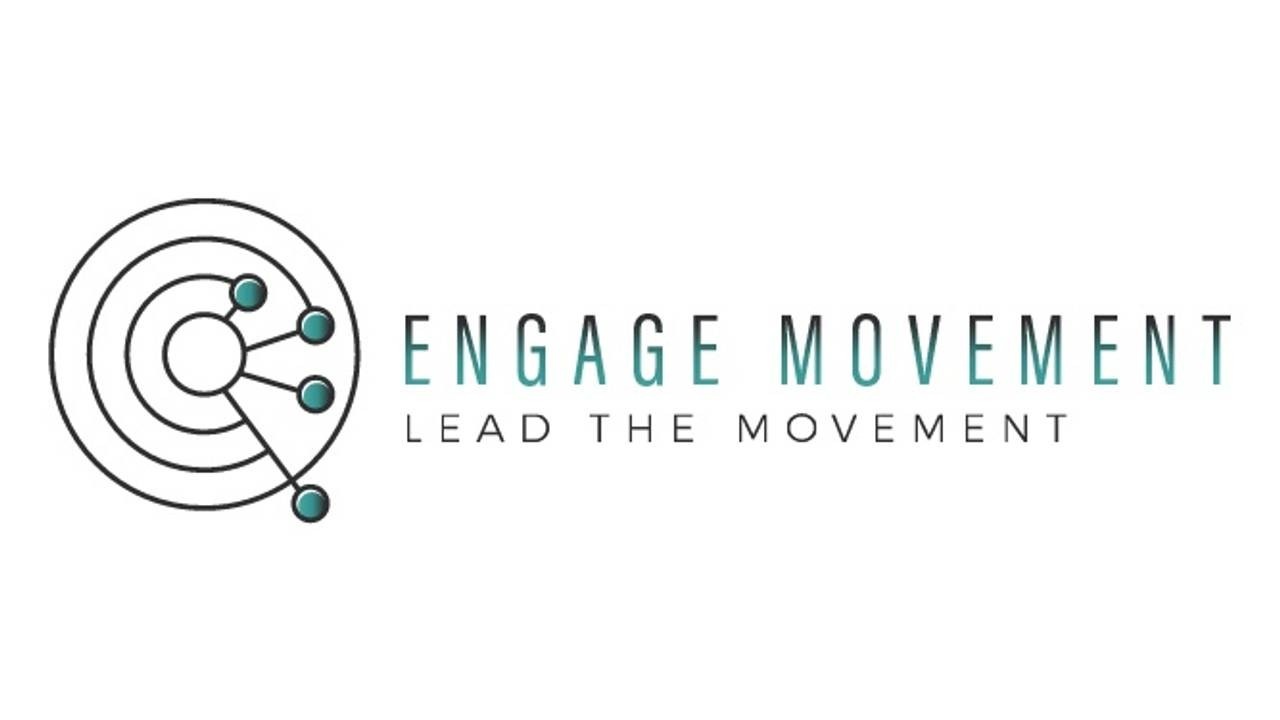Why traditional rehab fails
Jul 10, 2022
It took me a while to figure it out… About 3 years of clinical practice to be specific. I kept asking the question to myself “Why do my clients feel better, but still have the same issues months later?” I was doing a good job to help alleviate the symptoms, but I was leaving the job incomplete.
It was around this time I had become introduced to the work of Tim Gabbett who has published many articles on return to sport principles, then it clicked. While I was getting my clients pain-free at times, I didn't have the means to reacclimate them to what they really needed. They needed more intensity, they needed more frequency, and they needed that work external to the clinic and in their training environment. The second harsh reality I was facing at the time was the fact that their insurance didn’t care to pay for this portion of the rehab process. Yikes.
Recognizing these two issues was a game changer for me. It allowed me to form some messaging on what could set me apart from other clinicians, build some more meaning full touch points with clients when I felt they were at higher risk for re-injury (they felt good but lacked the overall capacity of the rehabbed tissue to perform the task at higher intensity) and overall, extend the lifecycle and improve outcomes for my clients.
Here’s what I’ve learned since then:
- “Return to sport” is too arbitrary of a term to the consumer and even to some of my colleagues. I was met with messages like “well, my clients aren't returning to sports”. This might be true, but the concept doesn’t change. The gap between where they are and where they need to be is filled by prescribing work that builds capacity at whatever task they need. This could be: walking, hiking, spending time on the ground, spending time in sustained positions. Maybe these things aren’t “sport”, sure, but we can still exceed our capacity doing them.
- Building this capacity was difficult in the clinic. Why? There’s a few reasons, but mainly, the constraints of what traditional therapy needs to look like for insurance to reimburse and the frequency by which the client would need to attend therapy to appropriately build this capacity under my guidance. So what was the solution? Once I moved to the cash pay realm, the first issue was gone, but the second remained. Enter: Prescriptive Exercise Programming - This was an add-on to my services which allowed me to write prescriptive exercise to bridge the gap between rehab and performance. Some days it looked like heavy strength work, some days it looked like running volume, some days (and very late phases) it looked like a crossfit or olympic lifting session.
Adding a prescriptive exercise program to my customer journey solved many problems for me, but most importantly, it closed the hole in the rehab model that exists. If you’ve struggled with clients who feel better then flare up when they return to the things they love over and over and over again, I’d put my money on the fact that the problem is simple: they lack the work capacity from post-rehab (feeling good) to performing (without issue).
If this article has spoken to you as a problem you’ve noticed and you’re ready to take action, I am ready to help. Let’s work together and figure out how to implement a prescriptive exercise program into your client journey. This process will not only get you better results with your clients, but it will also allow you to manage them without adding more clinical hours (you’ll actually get time back). How can you resist that offer?
Interested in learning more?

